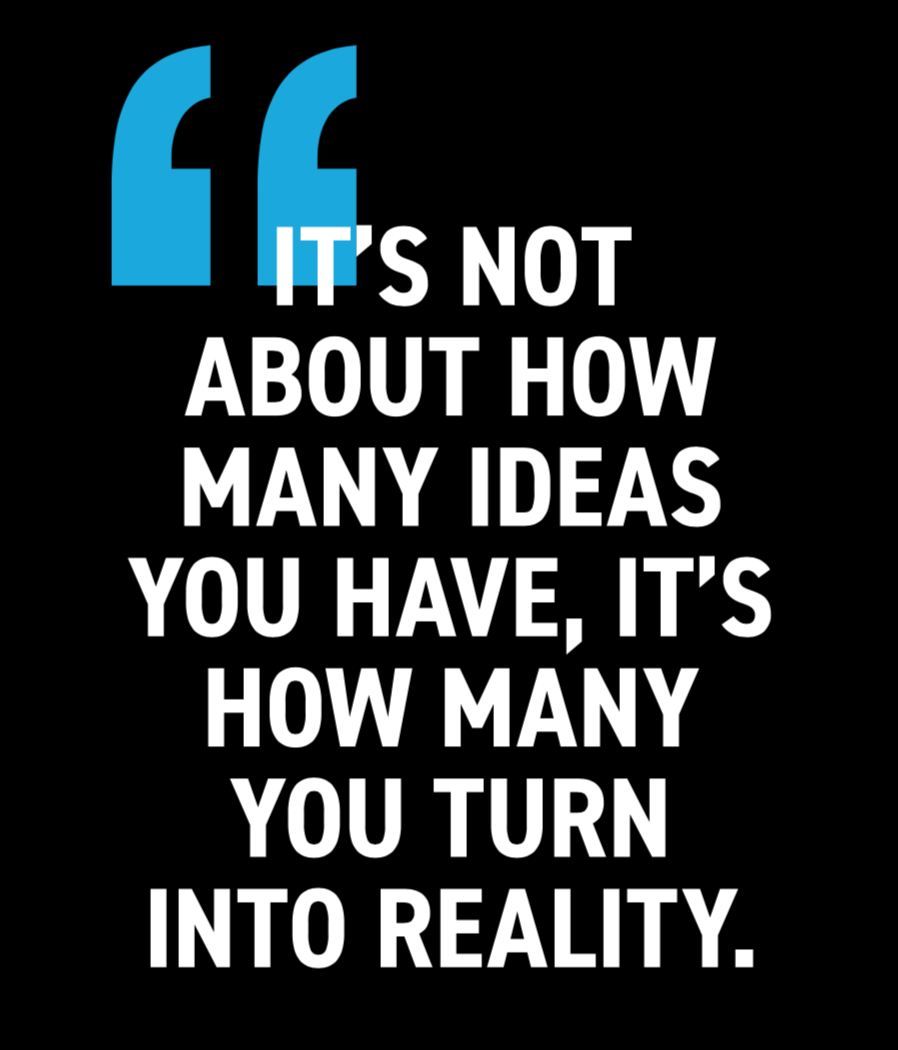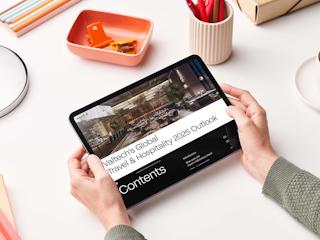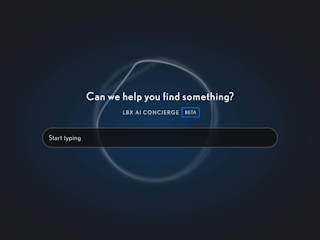Concerning those needs, I think it’s really thrilling that we are now really hands-on in redesigning the relationship we have with technology. We are beginning to talk to devices that have to adapt to us, instead of the other way around — for example, the voice interfaces we see popping up in our cities, homes and shops. We’re also seeing a pivot to passive, where we as consumers are okay with technology doing things for us. This ranges from choosing the music we’d like to hear to driving our cars. Technology is in charge of more and more suggestions and decisions in life.
The Interactivity Paradox
And while this pivot to passive is really attractive, the other side of the spectrum is also in rapid development: highly immersive, interactive experiences that really draw our attention to a brand. In this domain, as well, innovation is extremely important since the boundaries of what is possible need redefining to delight consumers that are spoiled or saturated with innovative experiences.
So this interactivity paradox is what really excites me: technology that is invisible and technology that creates highly immersive experiences. A lot of people have had enough with the attention disorder that comes with the rising power of technology, and they are starting to want less interaction, not more. Companies often think, “Oh, we have to create this awesome experience where people can have an always-on relationship with our brand.” This can be a relevant strategy, but the opposite can also be true. I think that there are a lot of solutions to be designed that are invisible and that fix things without the need for interaction. These are solutions for people who want fewer technological interactions and more time for the things that matter to them.
I think it’s really thrilling that we are now really hands-on in redesigning the relationship we have with technology.
Stop Wasting resources
Let me give you an example. Valtech studied the lives of waste managers, especially those working at large companies. Part of their job is managing the waste bins and making sure they are emptied before they get full. If there are only a few bins, that’s no problem. But when you’re responsible for a leisure park with over 500 containers, this task becomes a burden. The process involves someone going around, checking each bin, and going back to mark on the computer which bins need changing. It is a process that is very wasteful (no pun intended) in terms of time and resource allocation. So our solution was to help them stop wasting resources. We designed a sensor-enabled device called Smart Waste that can be attached to a bin and tracks waste levels, odor, whether the bin is upright or has been moved or stolen, etc. The device then automatically sends a notification to a central system. It’s a frictionless, self-managing system and it reduces unnecessary interactions for waste managers and employees. Instead of checking bins, waste managers can spend more time on the company’s recycling program or reducing waste in the first place, for example. The Smart Waste system then becomes beneficial for the company, the staff and even the world at large.
This interactivity paradox is what really excites me: technology that is invisible and technology that creates highly immersive experiences.
Optimizing Square Footage in Virtual Reality
At the other extreme, we’re certainly curious and eager to engage with brands that offer immersive experiences. These are experiences that really draw attention to a brand. When we put VR goggles on, we are 100% in that brand’s world. For retailers short on square footage but needing to display large items, VR is an ideal solution. Valtech designed such a solution for Decathlon because they wanted to display a full range of tents, but didn’t have the room to do it. Visit the Decathlon case page. VR creates an immersive experience that many customers love, and it gives customers an opportunity to really learn about the products in a try-before-you-buy way that is far more realistic than a store setting can usually provide. Again, not technology for technology’s sake, but really addressing a need for both Decathlon shopkeepers as well as curious consumers.
A Girl, a Monkey and a Horse
When we want to spur innovation and fuel creative thinking, we need entrepreneurial people and people who bring about a lot of energy. There
are many such visionaries, but there is one person in particular who has inspired me since my early childhood, and her name is Pippi Longstocking. She was challenged often by the people in her town, and whenever she was challenged, she (and her monkey and her horse) approached everything with a great attitude. She said, “I have never tried that before, so I should definitely be able to do that.”
That openness for adventure is crucial for people and brands in this world. We have to launch experiments and try to build stuff instead of endlessly talking and researching. Successful brands are led by a long-term company purpose, augmented with agile experiments — and a lot of them. The world is complex and there are so many opportunities and tools, but we can only find out what brings new growth by experimenting and putting ideas into action. It’s not about how many ideas you have, it’s how many you turn into reality. Things move very, very quickly in business and it’s important to iterate fast. There are many people inside organizations who don’t want change, who don’t have that mentality, who only think about what is “now” instead of looking for growth beyond the status quo. So whenever you think of innovation, think of Pippi, because of her attitude and mentality, but also because she brings you back to your childhood — when you were open to just trying things and learning from the experience.












